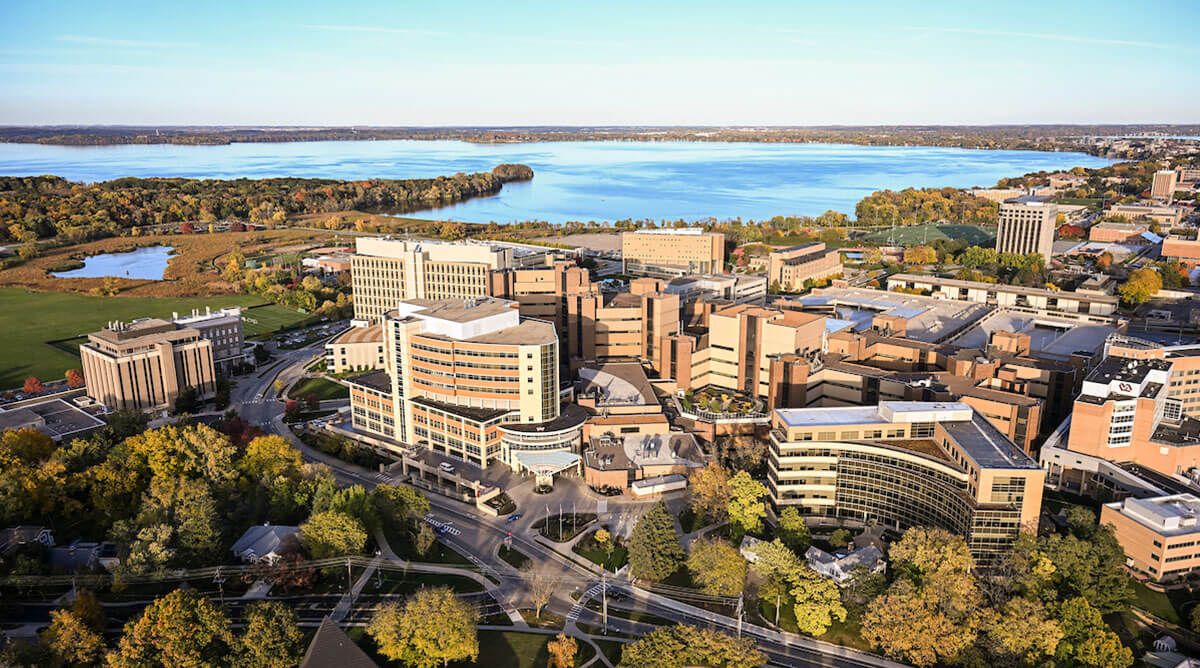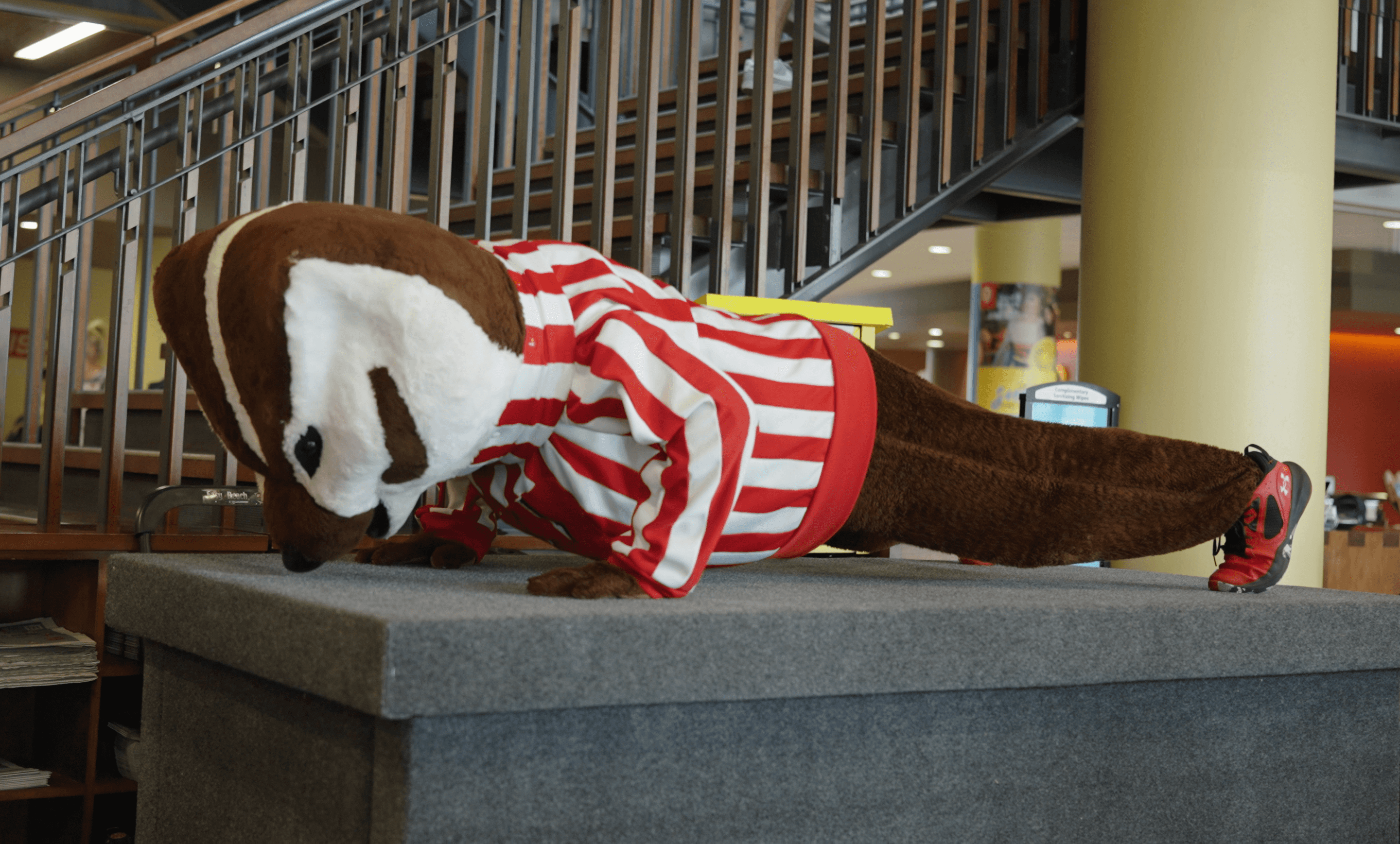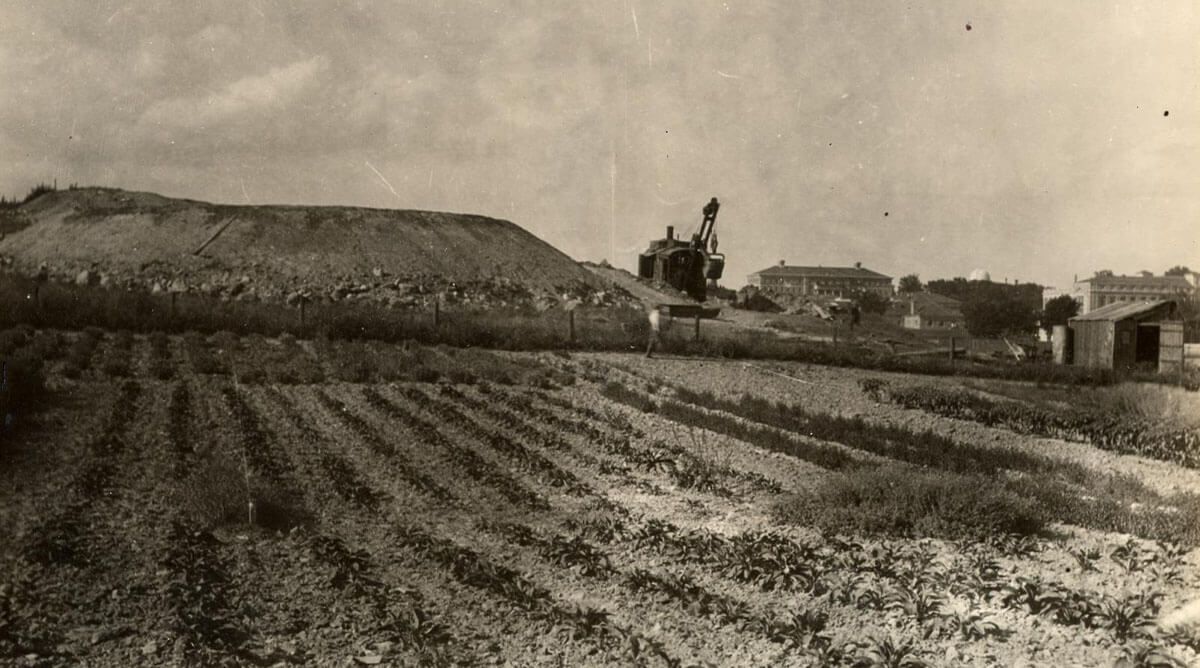COVID-19 is a crisis right now — a global health crisis like few have ever seen, and as we live with social and physical distancing, it’s increasingly become an economic crisis. Life won’t likely shift to a new normal until there’s a vaccine that will protect the population from this virus, and leading experts such as Anthony Fauci caution that it will take more than a year to create a vaccine. For many Americans, that seems interminably long, but Mary Hayney MPH’07 can see why this timeframe would be extremely rapid.
Hayney, who’s on the faculty at UW–Madison’s School of Pharmacy, has built her career around studying vaccine responses. In 1997, she was looking for a school that had strong research opportunities and found UW–Madison to be the perfect fit.
“As a clinical scientist, I can solve problems that I see in the clinic with the research being done in my lab. However, collaboration with other scientists provides opportunities to answer questions that are far beyond what I could do on my own,” shares Hayney.
In addition to teaching immunology and public health to her pharmacy students, Hayney’s chief area of research is vaccine responses, primarily in immunosuppressed populations. She also serves on the lung transplant team at the University of Wisconsin Hospital and Clinics.
“I have the privilege of seeing patients following their lung transplants and working with a group of excellent health care professionals, making our program one of the leading centers in the nation,” Hayney says.
Although she is not a part of the UW’s COVID-19 vaccination study, Hayney knows what’s involved in such an undertaking. It typically takes 10 to 15 years to create a vaccine, from exploration to licensing. The process of developing a vaccine is similar to that of other drugs, involving standardized procedures and regulations; however, vaccines also provide some unique challenges and even more thorough testing requirements, making the process longer and more complex.
Following the exploratory and pre-clinical stages (which can cumulatively last up to four years), phase one vaccine trials involve only a few healthy individuals. This stage aids in determining the proper dose and ensures that there are no obvious or serious side effects. In phase two, more individuals are enrolled with a goal of developing immunogenicity data and collecting more information on safety. Immunogenicity is the ability of a foreign substance to provoke an immune response in the body.
Phase three is when trials characteristically become randomized. This stage is placebo-controlled and enrolls those who are at risk for the infection, allowing experts to measure the vaccine’s ability to prevent infection and collect information on potential side effects. Once these phases have been completed, researchers can try to license a vaccine that is proven to be safe and effective.
So, how is it that scientists and virologists are moving ahead so quickly with a vaccination for COVID-19?
“As soon as the threat [of COVID-19] was identified, Chinese researchers sequenced the genome and shared it in a public database,” explains Hayney.
Gene sequencing can help predict drug response, define appropriate dosage, and anticipate negative reactions. Using new technologies, scientists identified a key protein on the virus surface, which could elicit an immune response in humans and protect them from infection. This protein is the basis for several vaccine candidates that entered clinical trials in just a couple months, and one of those was developed by researchers at UW–Madison.
Like many of us, Hayney is facing the challenges of a major shift in her regular workplace under Wisconsin’s Safer at Home order.
“The primary change to my work is that most of it now occurs in my dining room,” she says. “I’m shifting the content of a number of in-person lectures into an online format. I’m also trying to include some interactive content so that my students are doing more than looking at slides and hearing my recorded voice. I’m adding self-assessment questions, holding virtual office hours, all while being in contact with my patients, but only by phone. Due to the risk of COVID-19, my research has slowed dramatically, but we continue to focus on data analysis and manuscript writing. We’ve also begun writing grant proposals so that we will be able to continue our work once the pandemic situation changes.”







